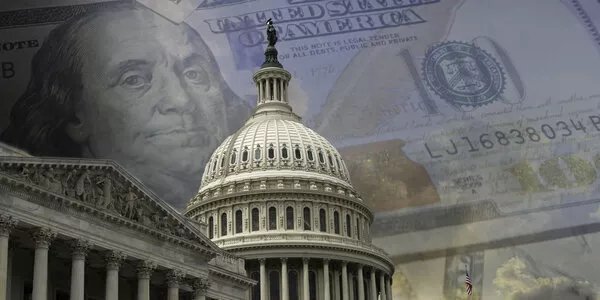
Weekly Update - Wuhan goes viral (update)
The number of confirmed cases of Wuhan flu has continued its rapid increase, rising from 282 on January 20th, to 11,953 on the 31st and 28,276 on February 5th according to the World Health Organisation’s daily reports. How bad is the outbreak? And what is the outlook for global growth and markets?
So far, the virus spread has been mainly concentrated in mainland China, which represents 99% of all current confirmed cases. Moreover, 70% of those cases are in Hubei province, of which Wuhan is the capital. Internationally, the spread appears to have been slower thus far, rising at approximately half the rate in China since end January. Although many commentators have questioned the accuracy of Beijing’s reports, the international data suggests that China might have been rather transparent in its communication of cases.
The crisis has prompted a series of draconian measures to combat the progression of the virus, closing factories and offices after the planned return from the lunar new year holiday, restricting travel to and from the most-affected areas while a number of territories such as Australia and the United States have barred entry to foreigners arriving from mainland China. Given these restrictions, global supply chains are being disrupted, with many manufacturers warning of looming component shortages.
The economic impact of the SARS epidemic saw Chinese GDP growth slow by an estimated 1% in the first half of 2003. The measures taken this time round are more comprehensive, suggesting that the hit to growth could be harder this year – Standard & Poor’s, the rating agency, estimates that real growth in China could slow to 5% for the whole year, down from 6.1% in 2019. Moreover, China is a much larger, more integrated part of world business than it was 17 years ago – it represents 19.3% of global GDP today in purchasing power parity terms, up from 8.7% in 2003.
Regarding equity markets, the SARS outbreak saw Chinese equity markets tumble 10% until the outbreak began to come under control in late-April 2003, before rallying steadily higher (see left-hand chart). This time round, the MSCI China index is down 4.4% since January 20th, having touched -9.2% last week, while the onshore CSI300 index tumbled 11.9% before retracing some of its fall to close Friday down 6.8%.
This stabilisation has sparked hopes that the speed of progression has begun to slow. The day-to-day rate of increases in mainland China has indeed eased, from 47% on January 20th to 22% at end-January to 11% on February 6th. As illustrated in the right-hand table, actual confirmed cases have begun to undershoot initial projections. However, we should be cautious in drawing conclusions from the data available at this juncture – further declines in the propagation rate are necessary before we can look forward to the epidemic coming under control.
Bottom line. As we have seen, the hit to global growth is likely to be higher this year than in previous viral outbreaks. However, China stands ready to ease policy further if necessary, after injecting $173bn to money markets and cutting short-term rates by 10bp earlier this week. Moreover, previous cases suggest that the economic impact tends to be temporary, with output recovering to previous levels once the crisis comes under control. Coming weeks are likely to remain volatile for stocks, but we expect markets to recover lost ground in due course.





